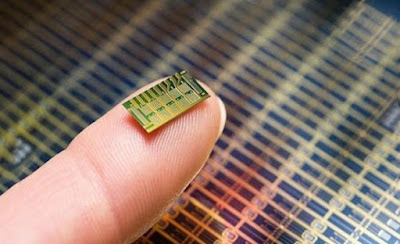A chemical sensor is a measurement device used to convert the physical or chemical property of a specific analyte into a measurable signal, the magnitude of which is usually proportional to the concentration of the analyte. These type of sensors are widely used in various end-use industries, such as oil & gas, automotive, nanotechnology, medical, home detection systems, and more. Chemical sensor, such as electrochemical, optical, magnetic, mass, and thermal, are sensitive enough to detect a single chemical or biological molecule.
Moreover, chemical sensor plays a vital role in environmental monitoring, as well as chemical, pharmaceutical, and food & beverage processing. These sensors are used in oxygen, homeland security, defense, environmental monitoring, automotive emissions testing, industrial safety systems, water & wastewater, etc. They are also used in blood sugar testing strips, renal failure diagnosis, cancer diagnosis, drug and alcohol abuse diagnosis, portable glucose monitors, and fertility treatments. Thus, there is an increasing demand for chemical sensors worldwide.
These sensors are classified into two major components, such as chemical recognition systems and physicochemical transducer. Furthermore, advances in the medical field have resulted in increasing use of chemical sensors in various medical devices such as wearables and implants for patients. The occurrence of various life-threatening diseases worldwide is increasing due to the growing geriatric population and their vulnerability to diseases, which in turn increases the demand for chemical sensors, as these sensors are used for several clinical applications.
Japan has the highest proportion of elderly citizens of any country in the world. For example, according to the Japan's ageing society, Japan’s 'super-aged' society is the oldest in the world, around 28.7 % of the population is 65 or older, and by 2036, population aged 65 and over will represent a third of the population. Furthermore, according to aarpinternational.org, Germany's population age 65 and older is projected to grow by 41% to 24 million by 2050, accounting for nearly one-third of the total population. The aforementioned factors are expected to increase the demand for chemical sensors in these regions in the coming future.





No comments:
Post a Comment